The search for super soldiers, fearless fighters, and the ever-vigilant warrior has led man to experiment with a host of different substances throughout the history of warfare. Many of us know about the use of stimulants in modern history and how various substances have been used to give soldiers an upper hand during difficult times. Before proceeding, it’s imperative we stress that many of these substances are dangerous and/or illegal. RECOIL OFFGRID is in no way endorsing any illegal activities; we’re only examining some psychoactive substances that have been used during survival situations, hardships, or warfare. Throughout this article you will see some “Alton’s Insights” from regular RECOIL OFFGRID contributor Dr. Joe Alton. Alton is a physician and medical preparedness advocate.
Disclaimer: This is meant to be a brief overview of the history and effects of stimulants, not a detailed guide on their use. Many of the substances in this article are illegal, addictive, and/or dangerous. Seek professional medical advice before using any stimulant.
Tea
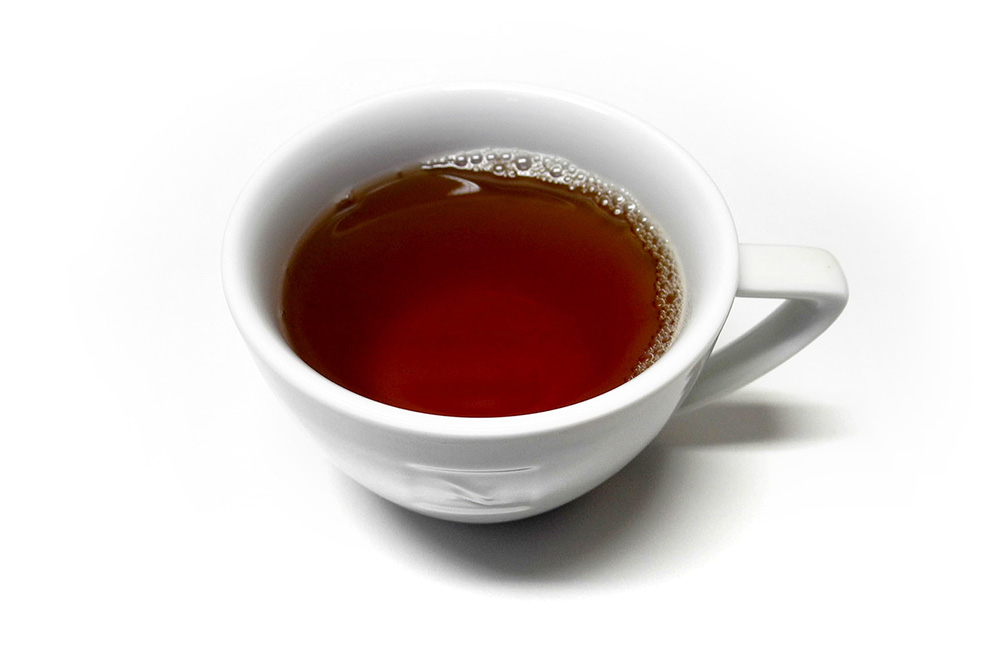
Photo via Flickr.com/vanf (CC BY 2.0)
One of the earliest, and certainly the best-known, mood-altering items is tea. Tea is one of the most widely consumed drinks on the planet and could fill an entire article on its own. According to legend, tea originated in China in the year 2737 BC. As the story goes, Emperor Shen-Nung had some tea leaves blow into his water. The leaves made the water turn a golden color and gave it a pleasant taste; thus, tea was born. Tea has been given to soldiers ever since due to its mild caffeine content, pleasant taste as a morale booster, and its ease of preparation.
Nowadays tea has regional tastes and various healing properties and is a $50-billion-a-year business. For survivalists, teas have a host of benefits. Tea is inexpensive and comes in numerous varieties allowing different tastes to be tailored to the drinker’s preference. Tea plants can be grown in your garden and dried for long-term storage. Different types of teas can help with stomach issues, headaches, give important vitamins and nutrients, and help with sore throats. Of all the items we cover in this article, tea is the most universal.
Alton's Insights: Tea or Tisane?
Regular tea is different from herbal teas. A tea is officially a drink made from the Camellia Sinensis plant. Black, green, oolong, and white tea all come from the same plant, just processed differently. Things like chamomile or lavender teas aren’t really teas at all, but “infusions” or “tisanes.” Unlike true teas, most infusions have little or no caffeine. A few plants, however, like yerba mate, contain quite a bit. Others contain stimulants like theobromine, ephedrine, or cocaine.
How Much Caffeine is in Tea?
When it comes to caffeine, not all teas are created equal. Caffeine levels can vary significantly depending on many factors: brewing and steeping methods, variety, grade, oxidation, and growing conditions. One source gives the following ranges for 8-ounce servings:
- Black tea has 40 to 70 mg per cup
- Oolong tea has 37 to 55 mg per cup
- Green tea has 35 to 45 mg per cup
- White tea has 15 to 30 mg per cup
Coffee
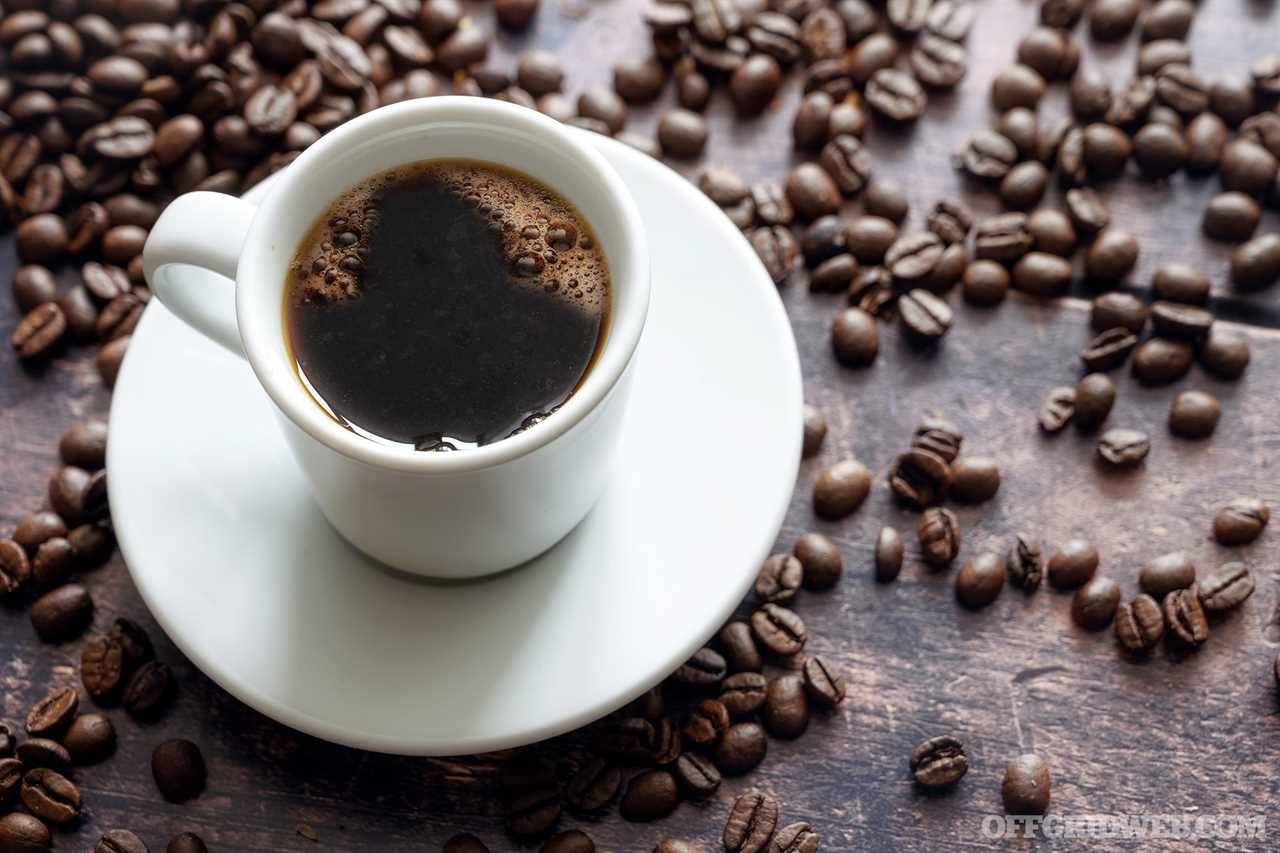
Coffee, the soldier’s best friend, second only to the rifle. The origins of coffee date back to the 9th century, in Africa. As legend has it, a goat herder was letting his herd munch on some berries, and they made the goats very energetic. Curiously, the herder brought some of the berries to a holy man who said they were the devil (we paraphrase), and the berries were cast into a fire where they smelled delicious. As any curious goat herder would do, he ground them up and added water, making the first cup of coffee in the known universe.
Coffee made its way to Europe in the 8th century and eventually to the Americas in the 1700s. Coffee became so important to the soldier that, during the American Civil War, it was the most mentioned thing in soldiers’ diaries. In 1890, a New Zealander invented instant coffee, making coffee consumption in austere environments even easier. Coffee holds similar properties to tea in that it has natural caffeine (approximately 95 mg per 8 ounces of black coffee). Coffee is easily portable and is offered in countless varieties to help a survivalist find a palatable flavor.
Alton’s Insights: Tea vs. Coffee
Tea leaves contain more caffeine by weight than coffee beans. An ounce of coffee won’t yield much more than 2 cups of coffee; however, an ounce of tea will yield 20 to 30 cups. A cup of tea, therefore, has less caffeine than a cup of coffee.
Cup of Joe: Friend or Foe?

Moderate use of coffee and other caffeinated beverages has “perks” in terms of increasing alertness and temporarily relieving fatigue, but research increasingly shows that coffee drinkers are also less likely to develop certain medical issues, including:
- Type 2 diabetes
- Stroke
- Depression
- Parkinson’s disease
- Alzheimer’s disease
- Liver and uterine cancer
In 2016, the World Health Organization officially lifted coffee from the list of potentially carcinogenic foods. It went on to designate coffee as potentially protective against cancer of the uterus and liver. Excessive use of caffeine still has risks, such as agitation, insomnia, headaches, anxiety, and gastrointestinal complaints. Elevated blood pressures and fast heart rhythms are also possible.
Energy Drinks
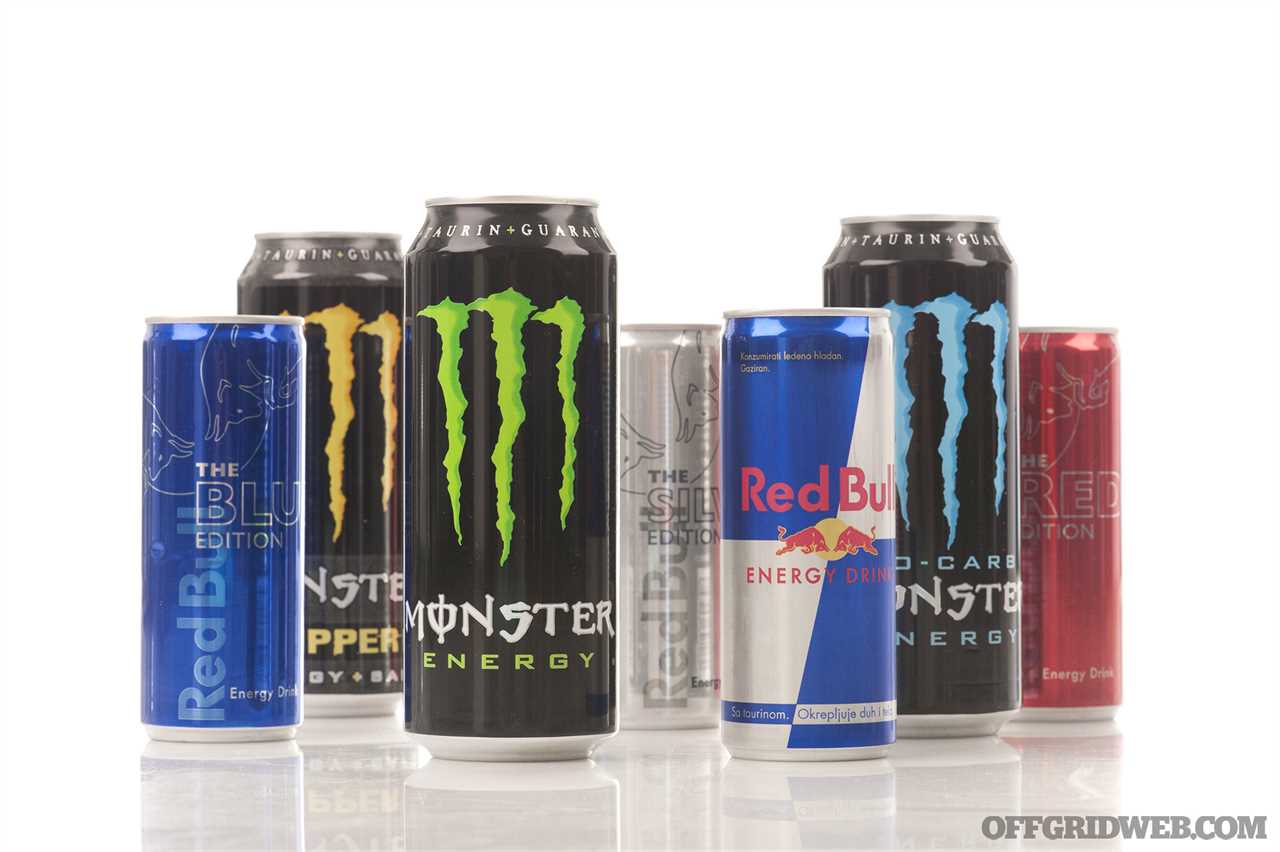
Energy drinks are commonplace today. In 2016, Red Bull alone generated $3 billion in the U.S. Pre-workout, which usually has 200 to 400 mg of caffeine, is extensively used by athletes and bodybuilders for an extra increase in performance. As mentioned previously, caffeine has been in use for thousands of years, but it’s only somewhat recent that humans have supercharged it into consumables like Rip Its and pre-workouts. Refer to RECOIL OFFGRID Issue 29 for our in-depth look at energy drinks, caffeine, and related stimulants.
Caffeine Withdrawal Symptoms

Addiction to caffeine is real, given the symptoms that occur in heavy users (>400 mg per day) when they stop drinking it. They might experience:
- Headache
- Fatigue
- Mood changes
- Difficulty concentrating
- Constipation
- Tremors
Tobacco/Nicotine
Tobacco plants originated in the Americas as far back as 6000 BC. The leaves of the tobacco plant were dried and smoked for what was believed to be medicinal purposes. The inhaled smoke provided the user with a euphoric sense that included increased blood pressure, heart rate, and a feeling of increased relaxation with simultaneous concentration. Tobacco spread to Europe and sailors would plant seeds around their popular routes to never be without a supply of the dried leaves.
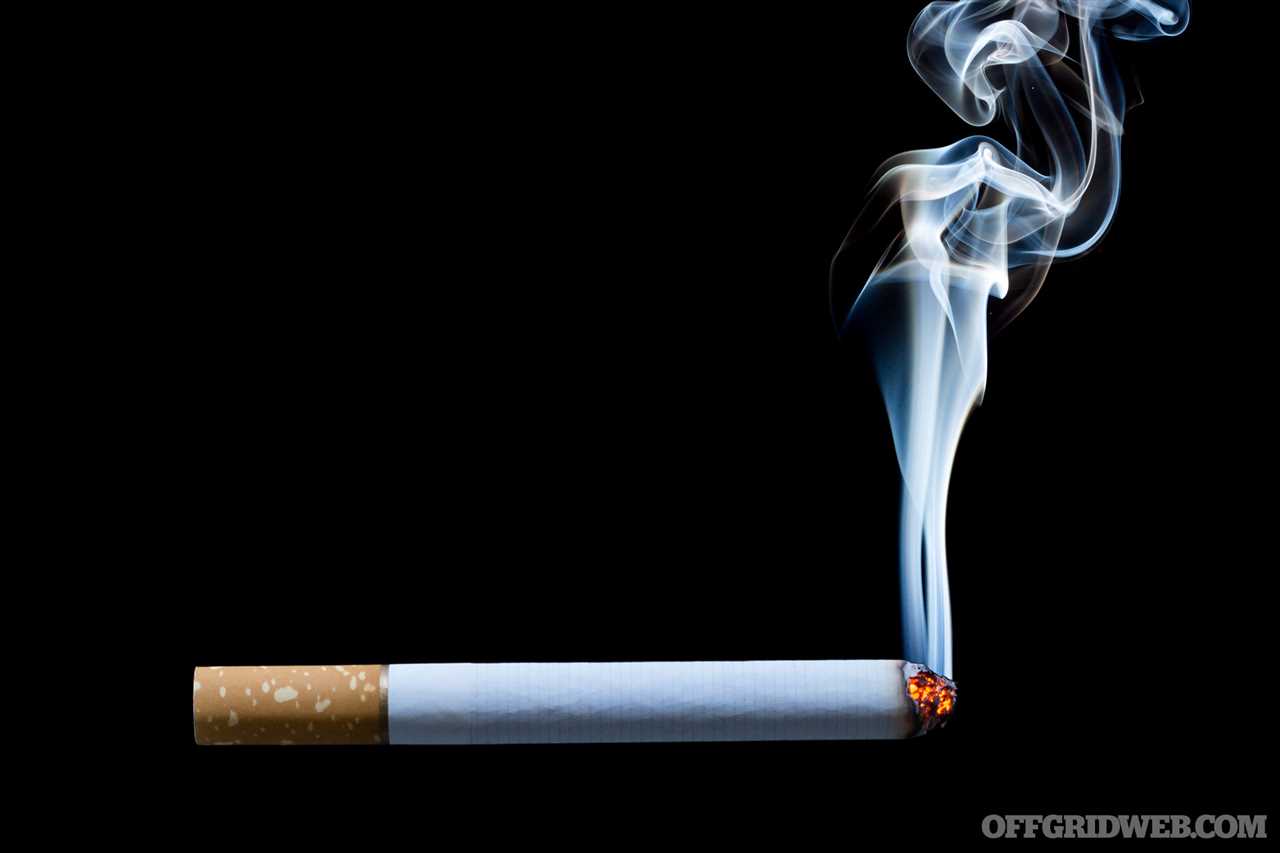
In the 1600s, tobacco plants were being grown in Virginia and subsequently used as currency due to their demand. The First World War saw cigarettes rise in popularity in part because they were included in some soldier’s rations and sent for free by tobacco companies. The “cure all” mentality of cigarettes continued with soldiers who found comfort in the tobacco’s ability to calm nerves, prevent boredom, suppress appetites, and provide more alertness on the battlefield. Smoking is still widespread within the military — according to a Department of Defense study in 2011, the military has a 24-percent tobacco use rate compared to the general public rate of 19 percent. Today, we know more about the hazards of tobacco use and ultimately how the dependence and other side effects are a survivalist’s enemy.
Alton’s Insights: A Potent Pesticide
Pure nicotine is so toxic that it was used as a pesticide in places like India and the United States. The Environmental Protection Agency (EPA) banned such use in the U.S. in 2014.
Coca/Cocaine
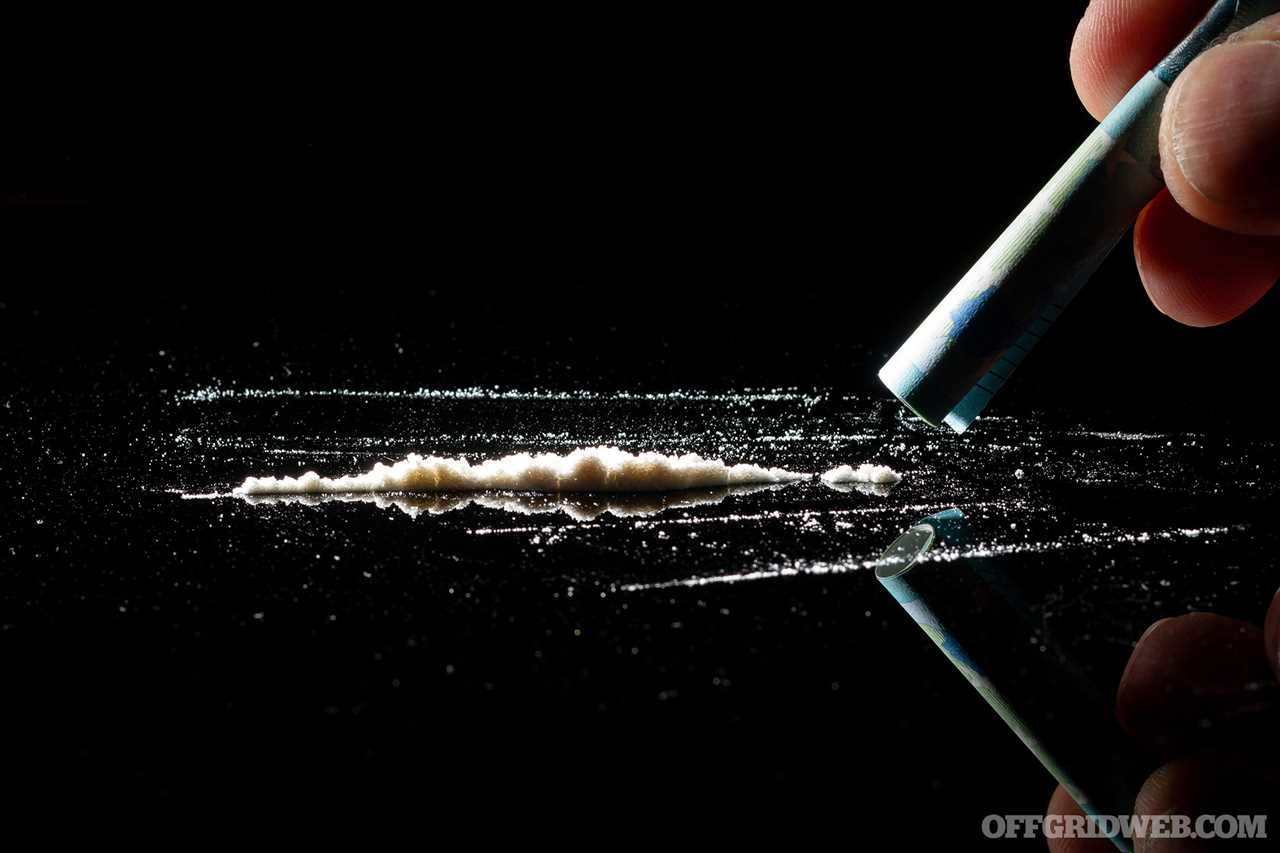
Coca can be traced back to the ancient Incas, who would chew the leaves to speed up their heart rate and breathing, giving them an extra boost when performing strenuous acts. These coca leaves were isolated, making way for the development of cocaine in 1859 by a German chemist. From there, toward the turn of the 19th century, cocaine began to be used within medical settings. As was the case with many substances in those days, it was marketed as a cure-all for everything from depression to sexual impotence. The introduction of a highly popular soft drink that included coca leaves as an ingredient helped push the drug into the mainstream.
By the early 20th century, some of the dangers of cocaine started to become apparent; however, by the 1970s and ’80s, the drug became widespread within America. The drug can give the user feelings of extreme energy, confidence, and high levels of alertness. This happens through an increase in the heart rate, body temperature, and a huge dump of dopamine into the brain, which controls motivation and your reward response. Cocaine is highly addictive and can cause heart attacks, panic attacks, and strokes.
Alton’s Insights: Freud's Habit
The father of psychotherapy, Dr. Sigmund Freud, was a famous proponent of cocaine. After trying the drug in 1884, he recommended it as a treatment for depression, alcoholism, and morphine addiction.
Better Living Through Chemistry?
DuPont’s slogan from the 1930s might have applied in the 19th century, when manufacturers included cocaine in many products, including cigarettes, shampoo, toothpaste, and local anesthetics. Cocaine was an original ingredient in the production of the soft drink Coca-Cola. Combined with caffeine, it was touted for its stimulant effect. It was removed from the recipe in 1903.
“Crack” vs. Powdered Cocaine
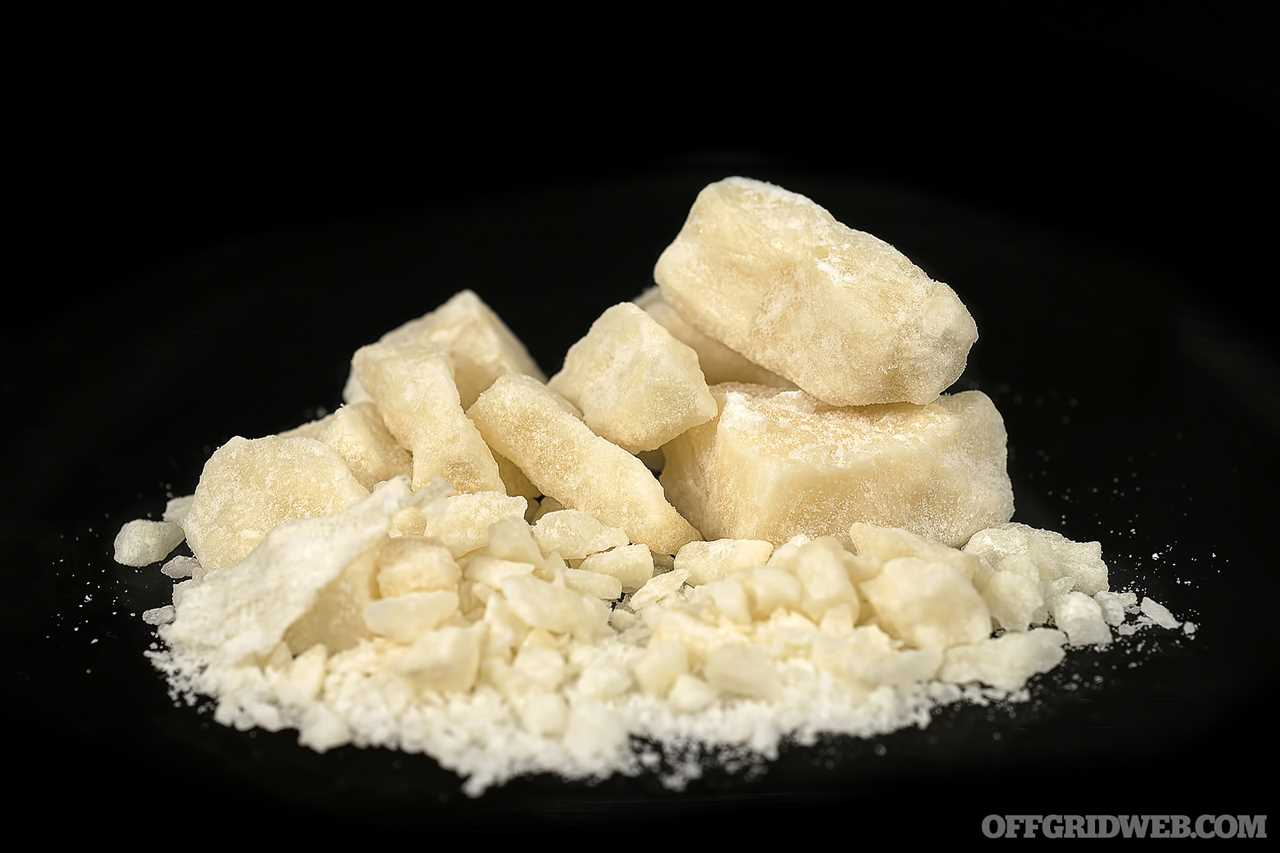
Cocaine’s highly addictive stimulant effects can be obtained by inhaling the powder through the nose (“snorting”), mixing powder with water and injecting, or smoking something called “crack,” a mixture of water, cocaine, and baking soda boiled until a solid is formed. The solid is broken into “rocks” and smoked in a pipe.
Smoking crack causes a much faster and significantly more intense effect than snorting powdered cocaine, as it enters the bloodstream more quickly. The magnitude of the “high” produced is responsible for the extreme potential for addiction.
Khat

Khat is leaves commonly found throughout Africa. The leaves are chewed giving the user a euphoric feeling that simultaneously suppresses appetite and gives a perceived increase in energy. The plant is consumed in social settings where things like alcohol may be prohibited. Users sit around with each other, much like other countries would for coffee or a beer. Khat is commonplace in Africa and has been found to be used by fighters within the continent, giving them an extra boost during strenuous times. Most major countries around the world have outlawed khat due to its addictiveness and other adverse health effects such as depression, hallucinations, cancer, and, in some cases, death.
Betel Nut/Areca Nut
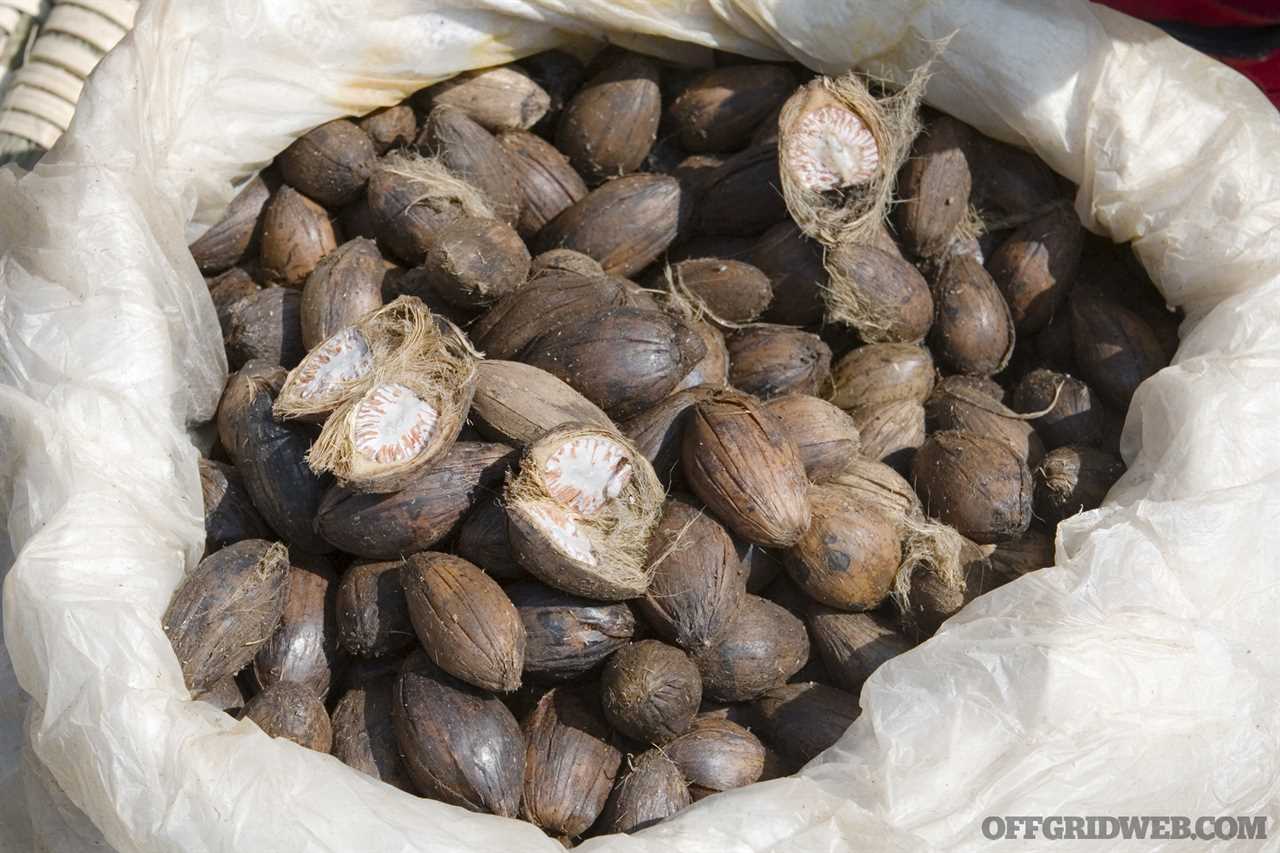
Betel nut is found in southeast Asia and Pacific Islands. Chewing the nut goes back roughly 2,000 years and is treated as a social event. The betel nut comes from the Areca palm and is in use by millions of people. Noted for its stimulating effects, commonly compared to numerous cups of coffee. The nut is chewed with other plants, flavors, or seeds to improve the taste. Chewing the nut increases salivation, causing the user to spit. The nut helps the body release adrenaline that causes the user to feel more energy. Much like other stimulants, betel nut chewing is popular amongst soldiers and other people who use it as a boost to morale through otherwise difficult days.
Amphetamines
Amphetamines are a synthetic, addictive, mood-altering drug. They can be used illegally as well as legally to treat many different problems for both adults and children. In warfare, they have been used for over 100 years to help give soldiers an edge over the enemy through stimulation to the central nervous system. This allowed warfighters to stay awake longer, stay more focused, and suppress appetites. Amphetamines made soldiers more confident and at the same time made them feel no fear. Four main types of amphetamines have been used by numerous countries:
Pervitin was widely used in World War II by the Nazis. Nazis appreciated the drug’s ability to help them forget some of the hardships of the war while also giving them the same energy as several cups of coffee. With such widespread use, the Nazis found side effects to be detrimental as well, with aggression and suicide being common.
Benzedrine, or bennies as it is sometimes called, was also issued during World War II to Allied troops. The government claims it was only used under special circumstances; for example, where pilots or ship captains needed to stay alert for longer periods of time. Benzedrine was the Allies’ answer to the widely known Nazi drug use.
Pep pills, also known as Dexedrine, were regularly issued to U.S. troops during the Vietnam War. Dexedrine is twice as strong as Benzedrine and recommended “safe” dosages were rarely followed. Pep pills helped soldiers’ power through extreme trauma from a mental standpoint while also helping with the physical hardships. The increased power of the drug had increased repercussions when soldiers suffered withdrawals, making them incredibly irritable, violent, and even suicidal.
Adderall is the modern-day answer to Attention Deficient Disorder (ADD) and is very close to methamphetamine but technically isn’t. Adderall is commonly found in the military and college campuses due to its ability to help the user stay focused on a task and activate the “fight or flight” response, which directs blood and energy flow to major organs, increasing alertness. Adderall is also highly addictive and long-term use can cause the brain to stop naturally producing feel-good chemicals. In modern times, Adderall has been given to troops in the Global War on Terror.
Winding Down
There are numerous options in the world of performance-enhancing drugs for those who find themselves in dire events and those who maybe just want an extra kick in the pants. Some of them may find a place within your bug-out or survival plans. Just remember to be smart about it. A survivalist addicted to something is worse off than one who’s simply tired.
Related Posts

Pocket Preps: Tourniquet Buyer's GuideTourniquets are not just for soldiers and gunshot wounds. Emergencies happen, and there’s something you can do about it.
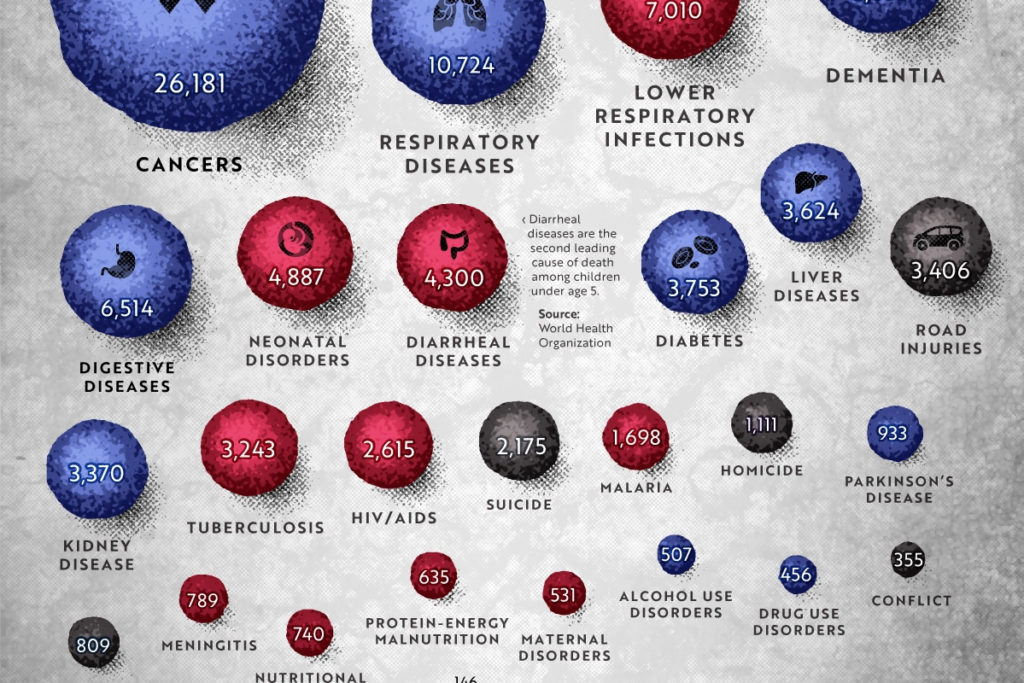
Infographic: The Most Common Causes of DeathThe following infographic from Visual Capitalist compares the most common causes of death, such as diseases, injuries, and homicide.
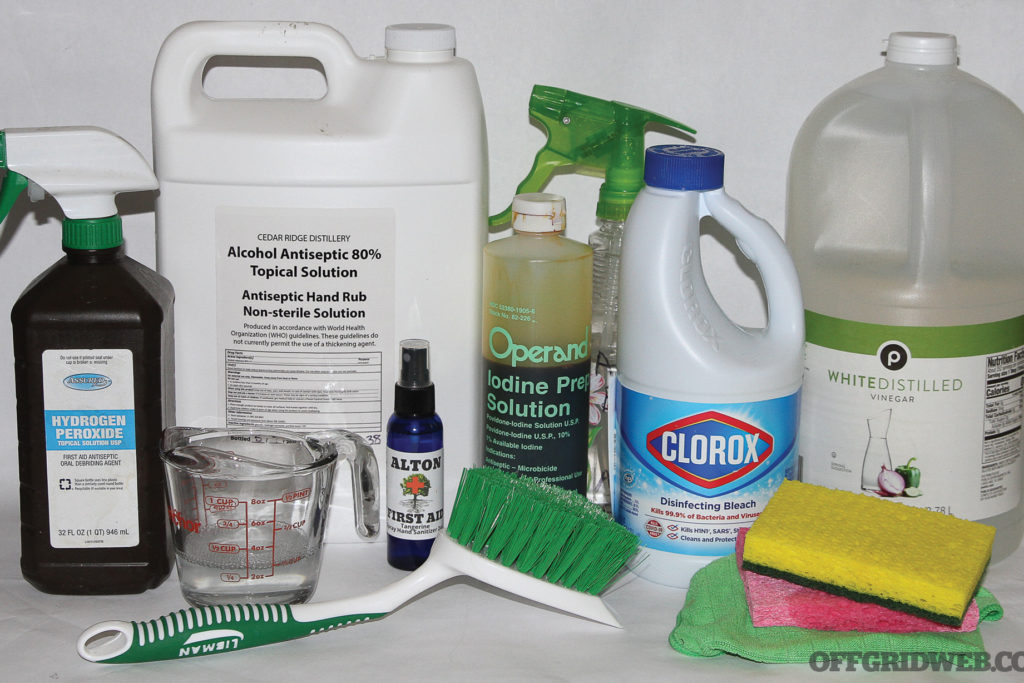
DIY Disinfectants: How to Fight Diseases with Limited ResourcesStrict attention to hygiene and use of disinfectants, both off-the-shelf and improvised, will save many lives in the aftermath of a disaster.

Cyber Threat Awareness: How to Prepare for a Cyberattack on the GridIn this article, we'll take a look at how to prepare for a cyberattack on the grid, based on real examples of attacks on infrastructure.

Lessons from a Soviet Union Collapse & Chernobyl SurvivorAfter living through the collapse of the Soviet Union and the fallout of Chernobyl, Greg Mihovich understands the value of preparedness.

Bag Drop: Personal Security Detachment BackpackThe point of Personal Security Detachment (PSD) is to offer close protection of a high-value individual. You don’t want to look heavily-armed.

The Deception Detector: David Matsumoto InterviewDavid Matsumoto spoke to us about techniques he teaches agencies to uncloak the body language of liars and malicious individuals.

Plate Carrier Placards Overview: Part 2The idea of one plate carrier or chest rig with swappable placards is far more attractive than setting up multiple rigs for different uses.

Plate Carrier Placards Overview: Part 1The market for plate carriers, chest rigs, and modular plate carrier placards has seen unprecedented growth in the last 10 years.
The post Stimulants: The Pros and Cons of Tea, Coffee, Tobacco, and More appeared first on RECOIL OFFGRID.
By: Offgrid Staff
Title: Stimulants: The Pros and Cons of Tea, Coffee, Tobacco, and More
Sourced From: www.offgridweb.com/survival/stimulants-the-pros-and-cons-of-tea-coffee-tobacco-and-more/
Published Date: Fri, 02 Dec 2022 12:00:02 +0000
------------------------
Did you miss our previous article...
https://bushcrafttips.com/bushcraft-news/nevadas-pepper-spray-laws-an-overview
 What is BushcraftSurvival SkillsToolsVideosBushcraft CampsBushcraft KitsBushcraft ProjectsPrivacy PolicyTerms And Conditions
What is BushcraftSurvival SkillsToolsVideosBushcraft CampsBushcraft KitsBushcraft ProjectsPrivacy PolicyTerms And Conditions
